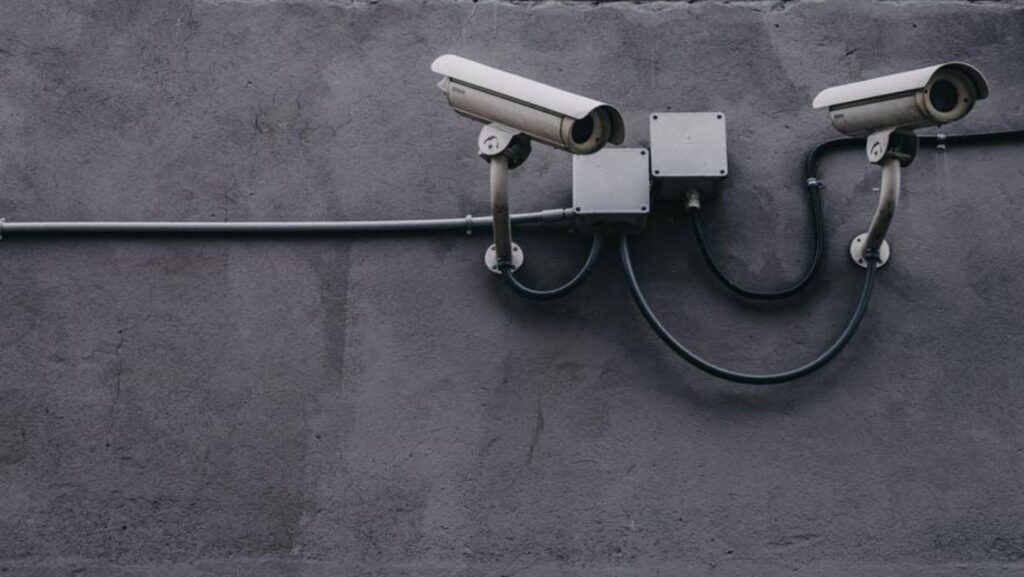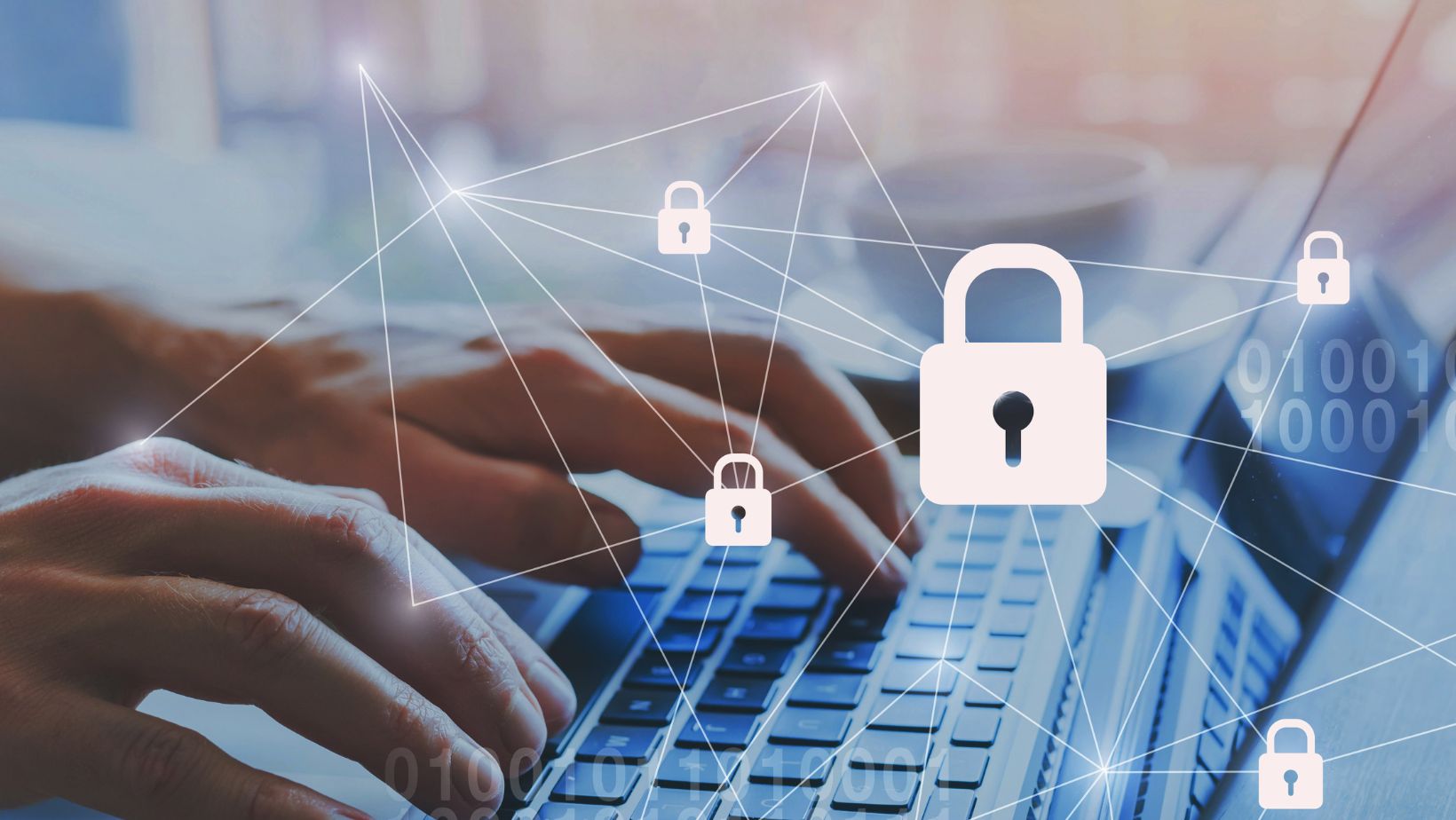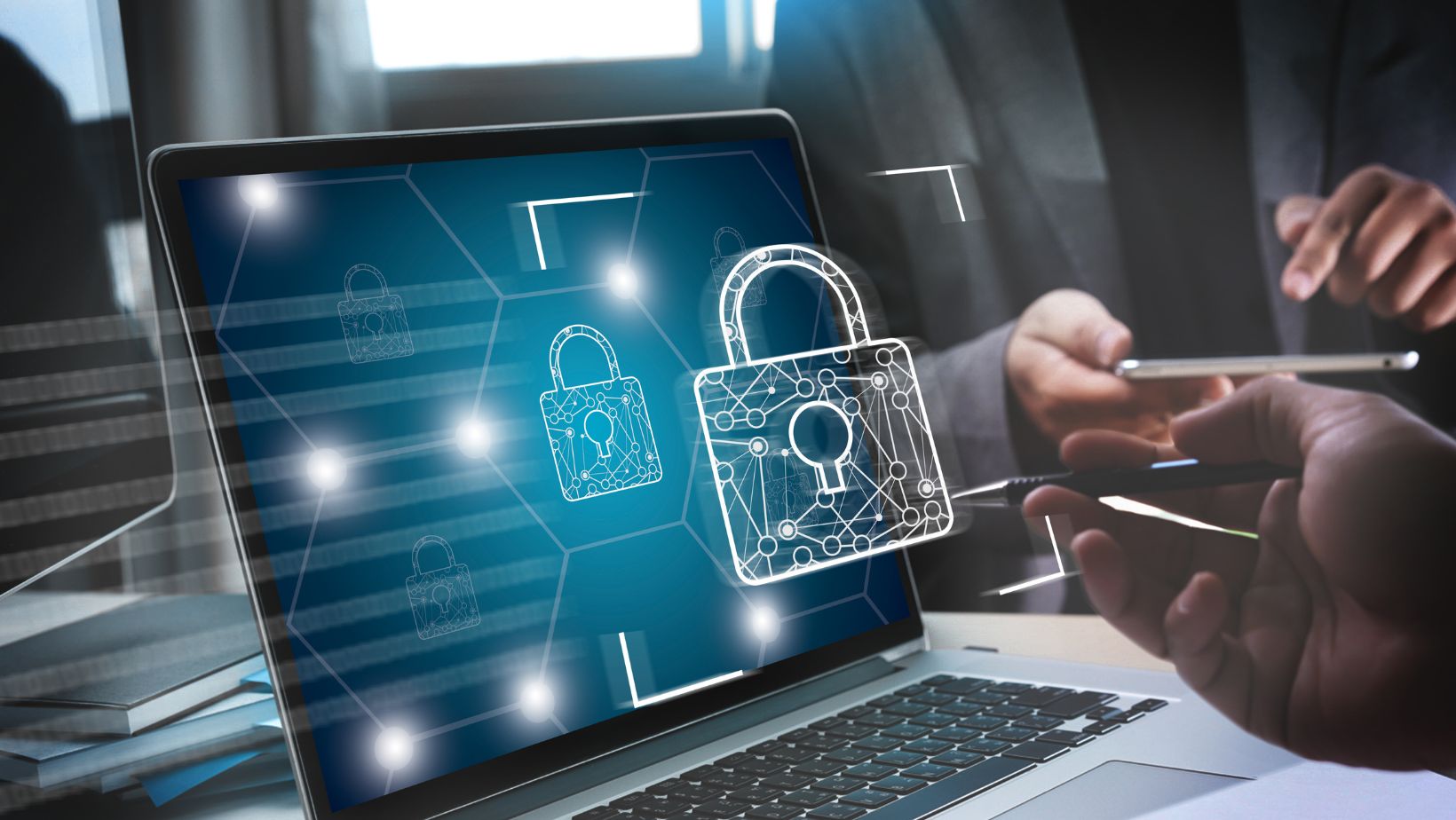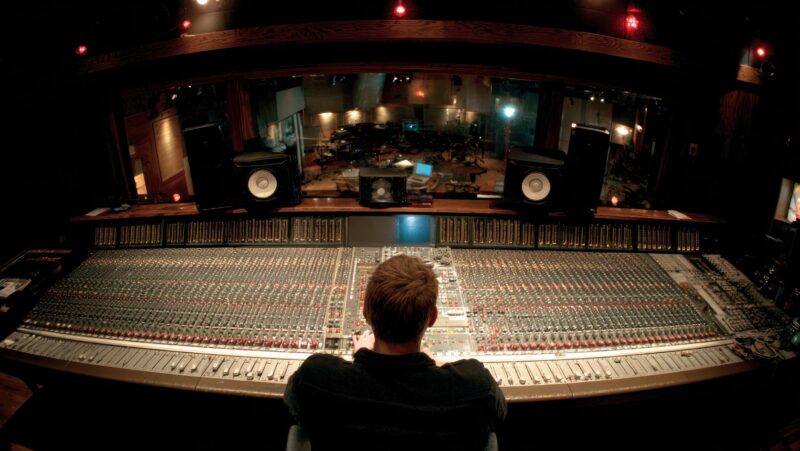
Security and privacy often feel like a trade-off. You want to protect your home, business, or property, but you don’t want to feel like you’re being watched-or make others uncomfortable. The key is finding the right balance with discreet surveillance. When done correctly, it enhances security without being intrusive.
In this guide, we’ll explore how to achieve this balance, what tools can help, and best practices to ensure safety and privacy go hand in hand. Ready to find the perfect solution? Let’s dive in!
Why Balance Matters
Finding the right balance between security and privacy is essential for trust and safety. Too much surveillance can make people feel uncomfortable and watched. Too little security can leave homes, businesses, and public spaces vulnerable.
Discreet surveillance helps protect without being overly intrusive. When done correctly, it ensures safety while respecting personal space. This balance is especially important in workplaces, homes, and public areas. A thoughtful approach creates a secure environment without sacrificing privacy.
Choosing the Right Tech
Selecting the right surveillance technology is key to maintaining both security and privacy. Small, high-quality cameras can provide clear footage without being too noticeable. Wireless systems offer flexibility and can be placed in discreet locations.

Motion-activated cameras reduce constant monitoring and focus only on important events. Encryption and secure access controls help protect recorded data from unauthorized use. Audio recording should be used carefully to respect privacy laws and personal boundaries.
Strategic Camera Placement
Placing cameras in the right locations is essential for effective surveillance. Entry points like doors and windows should be monitored to catch any suspicious activity. Cameras should cover important areas without invading private spaces like bathrooms or personal offices.
Hidden or low-profile placements help maintain security without making people feel watched. Angles and lighting should be considered to ensure clear footage at all times. Outdoor cameras should be weatherproof and positioned to avoid blind spots.
Privacy Laws and Ethics
Understanding legal and ethical boundaries is crucial when using surveillance. Laws vary by location, so it is important to research local regulations before installing cameras. Recording in private areas like bathrooms or bedrooms is illegal in most places.
If surveillance is used in workplaces or rental properties, people should be informed when necessary. Ethical use means balancing security needs with respect for personal privacy. Data from cameras should be stored securely to prevent unauthorized access.
Most Practices for Discreet Security
Using the right approach ensures security without compromising privacy. Hidden ceiling cameras can provide discreet monitoring without making people feel uncomfortable. Cameras should be placed in areas that need protection while avoiding private spaces.

Clear policies on surveillance use help maintain trust in workplaces and public areas. Video footage should be encrypted and accessible only to authorized personnel. Regularly updating security systems prevents hacking or unauthorized access.
Learn More About Discreet Surveillance
Finding the right balance between security and privacy is essential for trust and safety. Discreet surveillance can protect people without making them feel watched.
Choosing the right technology and following ethical guidelines ensures responsible use. When done correctly, security and privacy can work together for a safer environment.
Looking for more tips and ideas? We’ve got you covered. Check out some of our other posts now.







